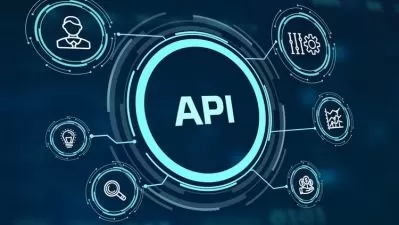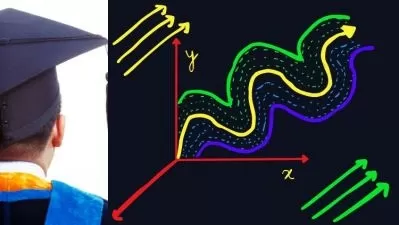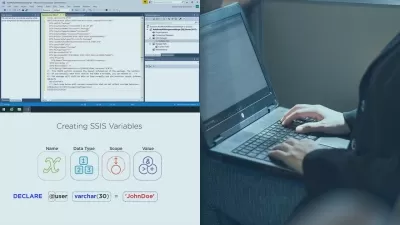Preparing Data for Feature Engineering and Machine Learning
Janani Ravi
3:17:18
Description
This course covers categories of feature engineering techniques used to get the best results from a machine learning model, including feature selection, and several feature extraction techniques to re-express features in the most appropriate form.
What You'll Learn?
However well designed and well implemented a machine learning model is, if the data fed in is poorly engineered, the model’s predictions will be disappointing.
In this course, Preparing Data for Feature Engineering and Machine Learning, you will gain the ability to appropriately pre-process your data -- in effect engineer it -- so that you can get the best out of your ML models.
First, you will learn how feature selection techniques can be used to find predictors that contain the most information. Feature selection can be broadly grouped into three categories known as filter, wrapper, and embedded techniques and we will understand and implement all of these.
Next, you will discover how feature extraction differs from feature selection, in that data is substantially re-expressed, sometimes in forms that are hard to interpret. You will then understand techniques for feature extraction from image and text data.
Finally, you will round out your knowledge by understanding how to leverage powerful Python libraries for working with images, text, dates, and geo-spatial data.
When you’re finished with this course, you will have the skills and knowledge to identify the correct feature engineering techniques, and the appropriate solutions for your use-case.
More details
User Reviews
Rating
Janani Ravi
Instructor's Courses
Pluralsight
View courses Pluralsight- language english
- Training sessions 47
- duration 3:17:18
- level preliminary
- Release Date 2023/10/15
















